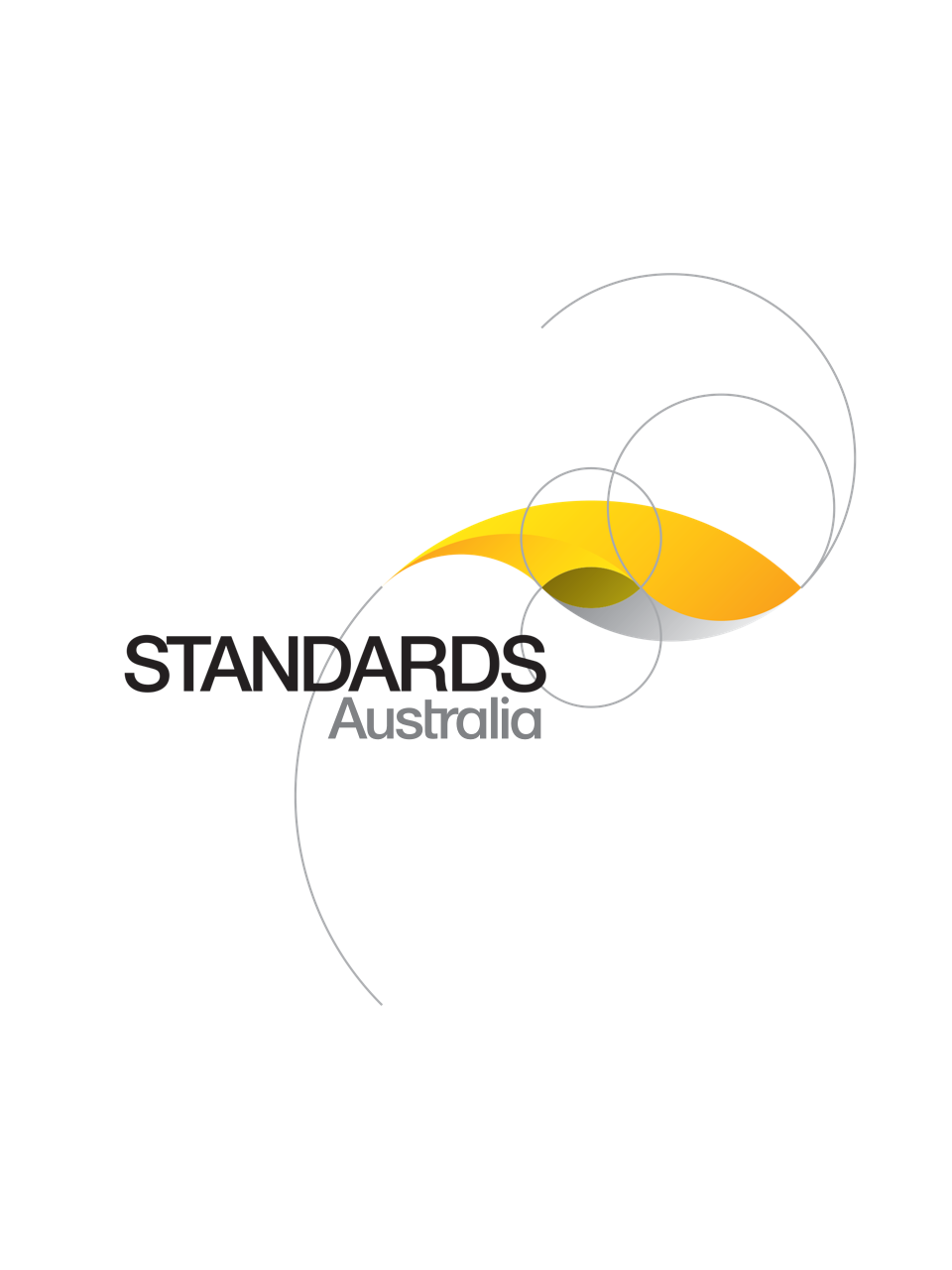Standard
Track updates
AS ISO 55002:2019
[Current]The objective of this Standard is to provide guidelines for the application of an asset management system, in accordance with the requirements of ISO 55001.
Published: 11/04/2019
Pages: 72
Table of contents
Cited references
Content history
Table of contents
Header
About this publication
Preface
Foreword
Introduction
1 Scope
2 Normative references
3 Terms and definitions
4 Context of the organization
4.1 Understanding the organization and its context
4.1.1 General
4.1.2 External context
4.1.3 Internal context
4.2 Understanding the needs and expectations of stakeholders
4.2.1 General
4.2.2 Internal stakeholders
4.2.3 External stakeholders
4.2.4 Stakeholder needs and expectations
4.2.5 Communication with stakeholders
4.3 Determining the scope of the asset management system
4.4 Asset management system
4.4.1 General
4.4.2 Strategic asset management plan
5 Leadership
5.1 Leadership and commitment
5.1.1 General
5.1.2 Responsibilities
5.1.3 Commitment
5.2 Policy
5.3 Organizational roles, responsibilities and authorities
6 Planning
6.1 Actions to address risks and opportunities for the asset management system
6.1.1 Purpose and content of planning
6.1.2 Risks and opportunities
6.2 Asset management objectives and planning to achieve them
6.2.1 Asset management objectives
6.2.2 Planning to achieve asset management objectives
6.2.2.1 General
6.2.2.2 Asset management plan
7 Support
7.1 Resources
7.1.1 General
7.1.2 Asset portfolio
7.1.3 Asset management system
7.1.4 Asset management
7.2 Competence
7.2.1 General
7.2.1.1
7.2.1.2
7.2.1.3
7.2.1.4
7.2.1.5
7.2.2 Asset portfolio
7.2.3 Asset management system
7.2.4 Asset management
7.3 Awareness
7.3.1 General
7.3.2 Asset portfolio
7.3.3 Asset management system
7.3.4 Asset management
7.4 Communication
7.4.1 General
7.4.2 What to communicate
7.4.3 When to communicate
7.4.4 With whom to communicate
7.4.5 How to communicate
7.5 Information requirements
7.5.1 General
7.5.2 Asset portfolio
7.5.3 Asset management system
7.5.4 Asset management
7.6 Documented information
7.6.1 General
7.6.2 Creating and updating
7.6.3 Control of documented information
8 Operation
8.1 Operational planning and control
8.1.1 General
8.1.2 Operational objectives and decision-making criteria
8.1.3 Operational planning and control processes
8.2 Management of change
8.3 Outsourcing
9 Performance evaluation
9.1 Monitoring, measurement, analysis and evaluation
9.1.1 General
9.1.1.1
9.1.1.2
9.1.1.3
9.1.2 Performance monitoring
9.1.2.1 General
9.1.2.2 Asset portfolio
9.1.2.3 Asset management system
9.1.2.4 Asset management
9.1.3 Evaluation of the performance of the asset portfolio and asset management processes
9.2 Internal audit
9.3 Management review
10 Improvement
10.1 General
10.2 Nonconformity and corrective action
10.2.1 General
10.2.2 Investigation of asset-related nonconformities
10.2.3 Investigation of asset management system nonconformities
10.2.4 Investigation of asset management nonconformities
10.2.5 Processes for implementing corrective actions
10.3 Preventive action
10.3.1 General
10.3.2 Preventive actions for asset portfolio
10.3.3 Preventive actions for asset management system
10.3.4 Preventive actions for asset management
10.4 Continual improvement
10.4.1 General
10.4.2 Continual improvement for asset portfolio
10.4.3 Continual improvement for asset management system
10.4.4 Continual improvement for asset management
Annex A
A.1 Overview
A.2 Common uses of the concept of value in asset management
A.3 The concept of value within the ISO 55000 family
A.4 Relationship of “values” and “value generation”
A.5 “Value generation” versus “value determination”
A.6 Value over the life cycle
A.7 Multi-criteria representations of value generation
A.8 Cost, risk, performance and value
Annex B
B.1 Overview
B.1.1
B.1.2
B.1.3
B.1.4
B.1.5
B.2 Setting boundary conditions
B.2.1 General
B.2.2 Responsibilities and the organization’s structure
B.2.3 Support function relationship interfaces
B.2.4 Outsourcing arrangements
B.2.5 Decision-making power or governance with regard to functions and activities
B.2.6 Functions and activities
B.2.7 Geographical factors
B.2.8 Relationship of asset portfolio structure to arrangements for managing them
B.2.9 Interaction with other management systems
B.2.10 Influence of factors outside the scope of the management system
B.2.11 Assurance and validation
B.2.12 Management of change
Annex C
C.1 Overview
C.2 Purpose of a SAMP
C.3 Relationship between asset management objectives, SAMP and the asset management plans
C.4 Contents of a SAMP
Annex D
D.1 Overview
D.2 References to ISO 55001 and this document
D.3 Decision-making framework
D.4 Decision-making process
Annex E
E.1 Risk management in the context of key terms in asset management
E.1.1 General
E.1.2 Asset management
E.1.3 Asset management system
E.1.4 Asset portfolio
E.2 Risk management throughout the asset management system elements
E.2.1 Context of the organization
E.2.2 Leadership
E.2.3 Planning
E.2.4 Support
E.2.5 Operation
E.2.6 Performance evaluation and improvement
Annex F
F.1 Overview
F.2 Interaction between financial and non-financial functions
F.3 Financial aspects of asset management planning
F.4 Information requirements
F.5 Key performance indicators for asset management
F.6 Management review of financial reporting on asset management
Annex G
Annex H
Bibliography
Cited references in this standard
